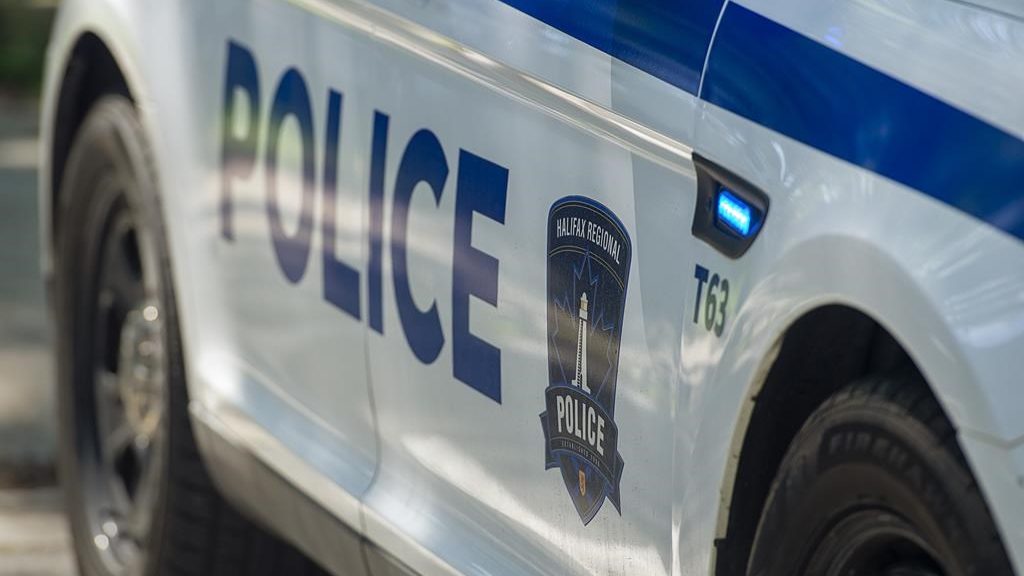HRM looking to map out illegal dump sites
Posted Nov 16, 2021 05:44:00 PM.
There’s urban blight, and then there is the environmental damage caused by persistent illegal dumping.
In the Halifax region, wooded areas and other sites have long been scarred by such unpermitted trash as commercial waste, discarded appliances, shopping carts, tires, old furniture, household paints and chemicals, construction debris and even abandoned vehicles.
Coun. David Hendsbee (Preston-Chezzetcook-Eastern Shore) says in his district alone there are probably 50 to 100 spots where illicit dumping has taken place.
In his November newsletter to constituents, the veteran councillor says he and municipal staff are seeking “specific location information of various illegal dump sites that plague our communities throughout the region.”
Hendsbee in his communique asks people to “send me an email with photos and precise (location) information such as the closest civic address and (global positioning system) coordinates.”
He says in the newsletter Halifax Regional Municipality is also “looking at social media websites … to map out and create an inventory of dumpsites. From this collected data, HRM will work with the province to formulate a cleanup strategy.”
The municipality this month started its latest public-education campaign covering illegal dumping.
In an email interview, Hendsbee told CityNews Halifax Tuesday the municipality “had to hire some compliance officers to investigate and research dump sightings.”
According to municipal staff, city hall has had 94 service requests hooked to reports of illicit dumping so far this year and received 97 in 2020.
Seven months ago, Halifax council approved amendments to the municipality’s bylaw governing solid waste resource collection and disposal. This was done to incorporate new enforcement procedures, a city hall website says, including “reverse-onus” measures with sections of provincial environmental legislation.
“Reverse-onus means that a person whose name or address is found within illegally dumped waste is deemed to be the owner of the material,” the website says.
The owner “is held accountable” for cleaning up the site or sites, it says, “if the owner fails to provide the name of the person responsible for dumping the waste.”
Violators who are caught can be fined between $500 and $10,000, plus associated court costs.
Hendsbee said “contractors, sub-trades and (do-it-yourself) workers need to be more cognizant of their responsibility to get rid of excess materials properly.”
Provincially, big-ticket household items have been found in wilderness areas over the years, as well as these much larger things: cars, school buses and a bread truck.
In the Halifax area, old appliances can be placed at the curb alongside regular garbage, municipal staff say. It’s illegal to add your home’s or business’s trash to someone else’s curbside collection.
Asked how, in his opinion, illegal dumping in Halifax Regional Municipality might be mitigated, Hendsbee said HRM should provide various disposal options.
He acknowledged “the problem is there (aren’t) enough nearby (construction and demolition) disposal venues and travelling into town is costly for some for transportation plus (paying) the tipping fees,” charges users must pay to discard their junk.
One option might be to partner with the private sector, Hendsbee said.
He said perhaps building supply retailers could have “extra bins at their outlets” so customers can return construction and demolition material.
This would be like an “extended producers’ responsibility” system, “where construction materials are bought (and) excess … material waste can be deposited,” said Hendsbee via email.
He said maybe a “minor fee” for a load to be discarded would be charged to consumers.
Michael Lightstone is a freelance reporter living in Dartmouth










